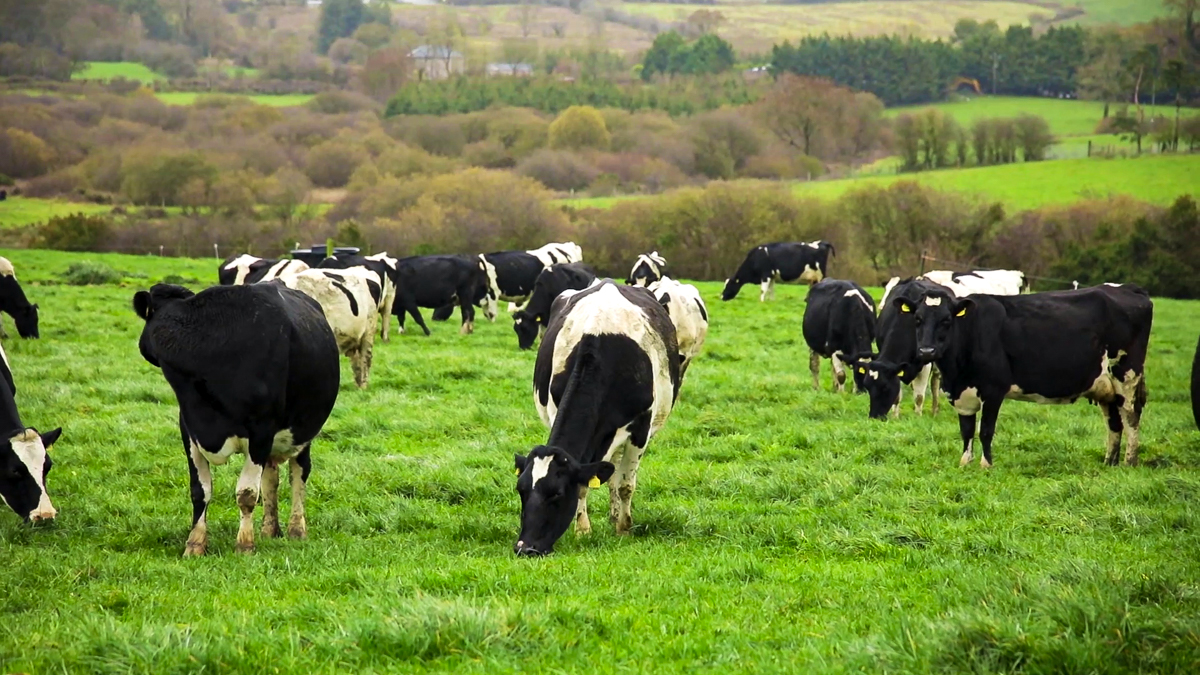It became very clear during the hiatus between the general election in February last year and the formation of a government that included the Green Party last June, that a key platform of any national climate action policy regulation would explicitly target Irish cattle numbers.
To those of us in the Irish agri-food business, it seemed perverse then and even more so now, that while the global discussions on climate impacts during the Covid-19 pandemic lockdowns noted the huge impact which reduced usage of fossil fuels had on air pollution and carbon emissions, the focus and messaging in mainstream Irish media outlets relentlessly honed in on livestock numbers!
The depth of prejudice in this tirade is best indicated by the messaging of the environmental lobby and some national media, that the unique Irish economy impact of agri-food growth post-2008 recession, led by the 60% increase in dairy output post-milk quota abolition, was largely unacknowledged and instead relentlessly characterised as an onslaught on the national environment!
Again, somewhat perversely, there seems to be no appetite remaining at Irish national policy level to insist that the EU policy assessment – that unilateral reductions in EU meat and livestock production would lead to increased global emissions because of increased production from non-compliant or less carbon efficient regions – should result in meaningful policy interventions.
Limit on livestock numbers
So the imperatives of national climate action accounting requirements effectively dictate that a limit on Irish livestock numbers is likely to be announced sooner rather than later.
Or in official government speak, the new 2021 climate action legislation will impose ‘sectoral’ ceilings on emissions.
The question now for farmers and the meat and dairy processing industry seems to me to be: should they continue to fight the losing/lost battle to resist any and all limits on livestock numbers or should the focus be on having a key input into designing a fair, efficient, balanced and transparent system?
Economics of climate change
Before we set out some of the parameters of a balanced national policy, perhaps we should look at the indications from the government-appointed Climate Change Advisory Council (CCAC) on the subject.
Very consistently over the last number of years, but probably most emphatically in a post-Brexit context, chairperson of the CCAC Prof. John Fitzgerald, has stated that while the Irish beef sector, and in particular beef farmers, are ‘uneconomic’ and in effect lose money the more beef they produce, Irish dairy is economically sustainable and competitive in a world market context.
And as I have said before – would a review of the economics of foreign direct investment in Ireland assume that Ireland’s low corporation tax was an artificial, unsustainable temporary support and therefore like direct payments, should be excluded from any future perspectives for the sector?
Considerations
Assuming therefore that a more informed or rational economic approach will underpin any climate action-based restrictions, what are the other considerations?
- What should a national system proscribing livestock number limits as a key part of a sectoral target for agriculture, while reflecting a balance between economics and climate science, look like? The core driver of any such limit must be a focus on reducing/limiting emissions very clearly but balanced by economic efficiency, fairness and transparency;
- What is the appropriate base year for any limit on livestock numbers? In particular, what sort of lead-in period is appropriate given the investments already undertaken post-quota abolition;
- Should the limit be defined in terms of cows or total bovines? Beef cow number limits separate from dairy cows numbers? We know from Teagasc figures that there are significant variations across farms/herd breeds and farm types in terms of emissions per animal;
- Should the target number, whatever its base date, be expressed in terms of emissions equivalence rather than simply livestock numbers? Using the template of the EU milk quota regime, should limits be applied across milk collection units/milk processors and how would this work in the beef sector?
- How should new entrants and regional differences be accommodated?
- Will the regulatory measures to address livestock limits be in the form of incentives based on emissions, economic efficiency considerations or a tax?
- Where does Irish national policy sit in the context of the EU Green Deal?
- If emissions efficiency becomes a key metric, will supermarket and discount retailers reflect government legislation and consumer preferences in terms of positive (i.e. additional) price supports?
Agri-food jobs
The Irish agri-food sector supports in excess of 250,000 jobs or one job out of every eight in the Irish economy (source: CSO), accounting for over €14.5 billion of exports and perhaps more importantly €16 billion in Irish economy expenditure (Department Enterprise, Trade, Employment, annual survey of Irish economy expenditure).
Can we be assured, as with the national imperative to restrict livestock numbers, that this will done in a realistic, timely, fair, balanced and perhaps most importantly, adequately financed, manner?
